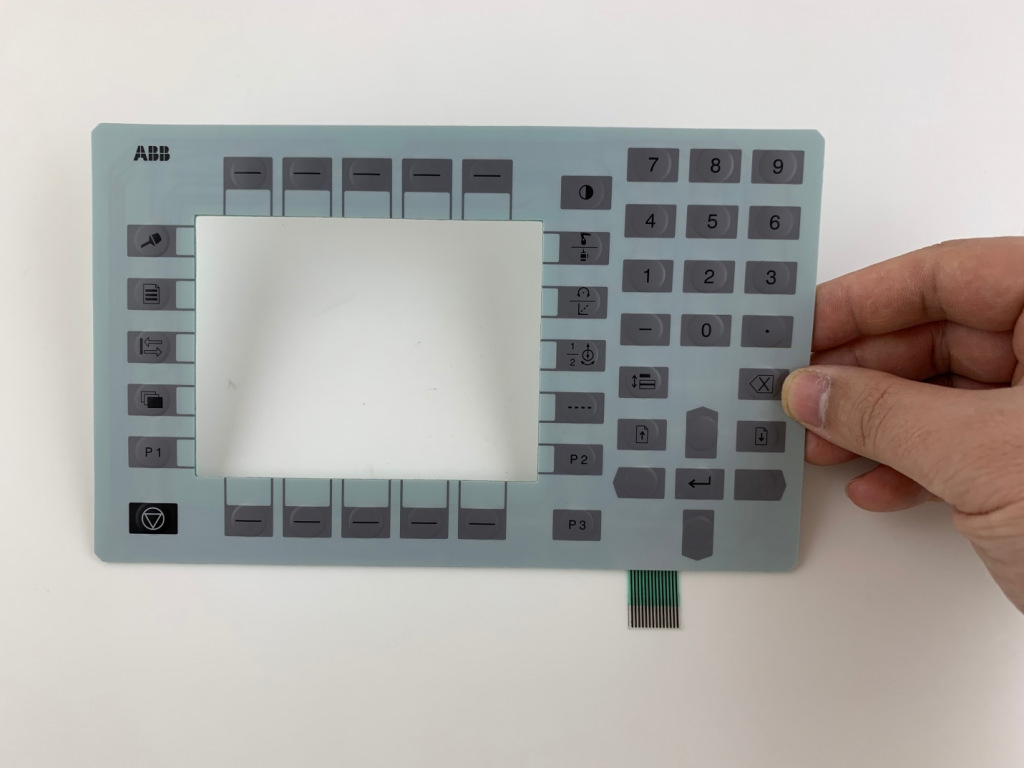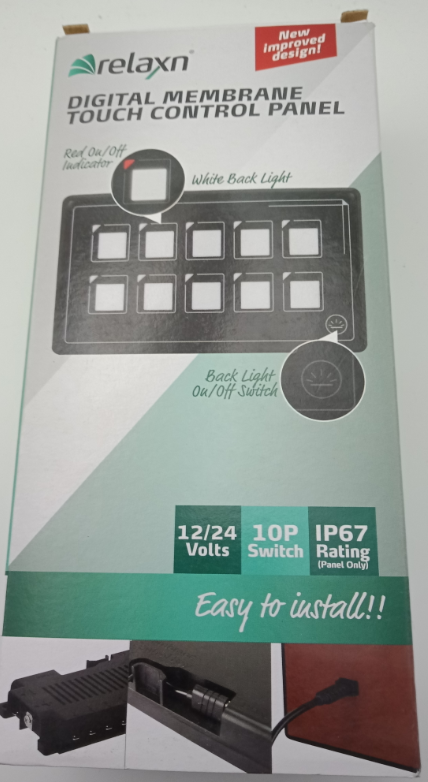Why a Membrane Switch Is Ideal for Industrial and Medical Applications
Why a Membrane Switch Is Ideal for Industrial and Medical Applications
Blog Article
Understanding Membrane Switches Over: The Trick to Durable and Trustworthy Controls
Membrane switches over represent a crucial element of modern interface style, blending performance with strength in different applications. These versatile components not only promote customer interaction however are also crafted to endure the rigors of requiring settings, from medical gadgets to industrial equipment. Understanding their building, procedure, and the myriad benefits they supply is necessary for designers and designers alike. As we check out the intricacies of membrane buttons, it ends up being clear that their role in enhancing control systems is both extensive and complicated, questioning regarding just how ideal to leverage their abilities in future innovations.
What Are Membrane Buttons?
Membrane buttons are a sophisticated remedy in the realm of customer interface modern technology, integrating functionality and design effortlessly. These devices function as a user interface in between users and electronic systems, integrating numerous parts right into a small style. Typically created from versatile, slim layers of materials, membrane layer buttons are designed to react to touch, making it possible for users to communicate with machinery and electronic devices properly.
The key components of a membrane layer switch include a printed circuit layer, graphic overlay, and a spacer layer that prevents unintended activation. The graphic overlay can be personalized to show brand identification or customer choices, enhancing aesthetic appeals while making sure usability. Membrane switches are commonly used in various applications, including clinical devices, consumer electronics, and commercial equipment, owing to their resilience and resistance to ecological aspects such as moisture and dirt.
One of the key benefits of membrane buttons is their capacity to hold up against damage, making them optimal for high-traffic environments. In addition, they are lightweight and call for very little room, enabling ingenious layouts in product growth. In general, membrane switches stand for a useful and efficient choice for contemporary digital interfaces, weding modern technology with user-centric style concepts.

Exactly How Membrane Layer Switches Over Work
The operation of membrane layer changes joints on a basic yet effective device that converts individual input into digital signals. When a customer presses the switch, the leading layer deforms, allowing a conductive aspect in the circuit layer to make call with a matching conductive pad on the underside of the graphic overlay.
The layout of membrane buttons can vary, but they frequently integrate domes or responsive components to give comments to the customer, improving the overall experience. The products used in membrane switches, such as polyester or polycarbonate, add to their sturdiness and resistance to ecological variables, including wetness and dirt. Moreover, the published circuits are generally enveloped, which protects them from deterioration with time.

Advantages of Membrane Layer Switches
Among the key benefits of membrane buttons is their adaptability in style, allowing them to be tailored to meet certain user demands and visual requirements. This versatility reaches numerous sectors, where various shapes, sizes, and colors can be employed to improve customer communication and aesthetic appeal.
In addition, membrane buttons are understood for their sturdiness. Created from robust materials, they are resistant to dirt, dampness, and physical wear, which dramatically prolongs their life-span compared to traditional mechanical buttons. This resilience makes them specifically appropriate for high-traffic atmospheres and applications calling for longevity.

Moreover, membrane layer buttons supply a streamlined account, causing a thinner layout that can be integrated right into different tools without including bulk. This function not only boosts the aesthetic allure however likewise adds to a much more ergonomic item layout.

Applications of Membrane Buttons
Flexible and easy to use, membrane buttons discover applications throughout a wide variety of sectors, including medical gadgets, customer electronics, and industrial devices. In the medical area, these buttons are integral to gadgets such as diagnostic devices, person monitoring systems, and mixture pumps, where dependability and convenience of cleansing are crucial. Their capability to preserve and endure extreme settings functionality makes them ideal for such applications.
In consumer electronics, membrane layer buttons are used in products like microwaves, washing machines, and push-button controls - membrane switch. Their sleek design enables instinctive interface, enhancing the overall individual experience while providing resilience and resistance to wear and tear
Commercial equipment also gains from membrane switches, especially in control panels for machinery and automation systems. These switches supply protection against dirt and wetness, guaranteeing consistent efficiency in tough environments. Their personalized features enable producers to customize them to certain functional requirements, enhancing performance and performance.
Picking the Right Membrane Layer Change
When picking a membrane layer switch, it is important to think about different aspects that affect performance and viability for certain applications. The main factors to consider include ecological conditions, tactile comments, durability, and design specs.
First, analyze the operating environment; switches exposed to dampness, chemicals, or extreme temperatures call for specific products to guarantee durability and capability. Next, assess the requirement for responsive responses. Relying on individual communication, some applications might take advantage of a responsive feedback to validate activation, while others may choose a non-tactile layout for visual factors.
Resilience is one more critical variable; membrane layer buttons should be developed to endure regular usage, influences, and abrasion. Guarantee the picked button can endure the expected lifecycle, specifically in high-usage situations.
Final Thought
Finally, membrane layer switches function as important components in the design their website of sturdy and trusted control systems across various sectors. Their portable layout, incorporated with robust building and construction and personalized attributes, boosts individual communication while ensuring longevity sought after environments. The convenience of membrane layer changes enables click for more for tailored services that meet specific operational demands, enhancing their importance in modern innovation. membrane switch. As markets proceed to advance, the relevance of incorporating efficient membrane layer button services can not be overstated.
Membrane switches over stand for an essential aspect of modern-day interface style, blending performance with resilience in various applications.Membrane layer switches are an advanced solution in the realm of customer interface modern technology, combining capability and layout seamlessly. Normally created from versatile, slim layers of materials, membrane layer switches are designed to react to touch, allowing users to interact with machinery and digital tools successfully.
The style of membrane layer switches can differ, but they usually integrate domes or responsive aspects to supply feedback to the user, Web Site improving the general experience.In conclusion, membrane switches offer as crucial parts in the layout of reputable and sturdy control systems throughout different markets.
Report this page